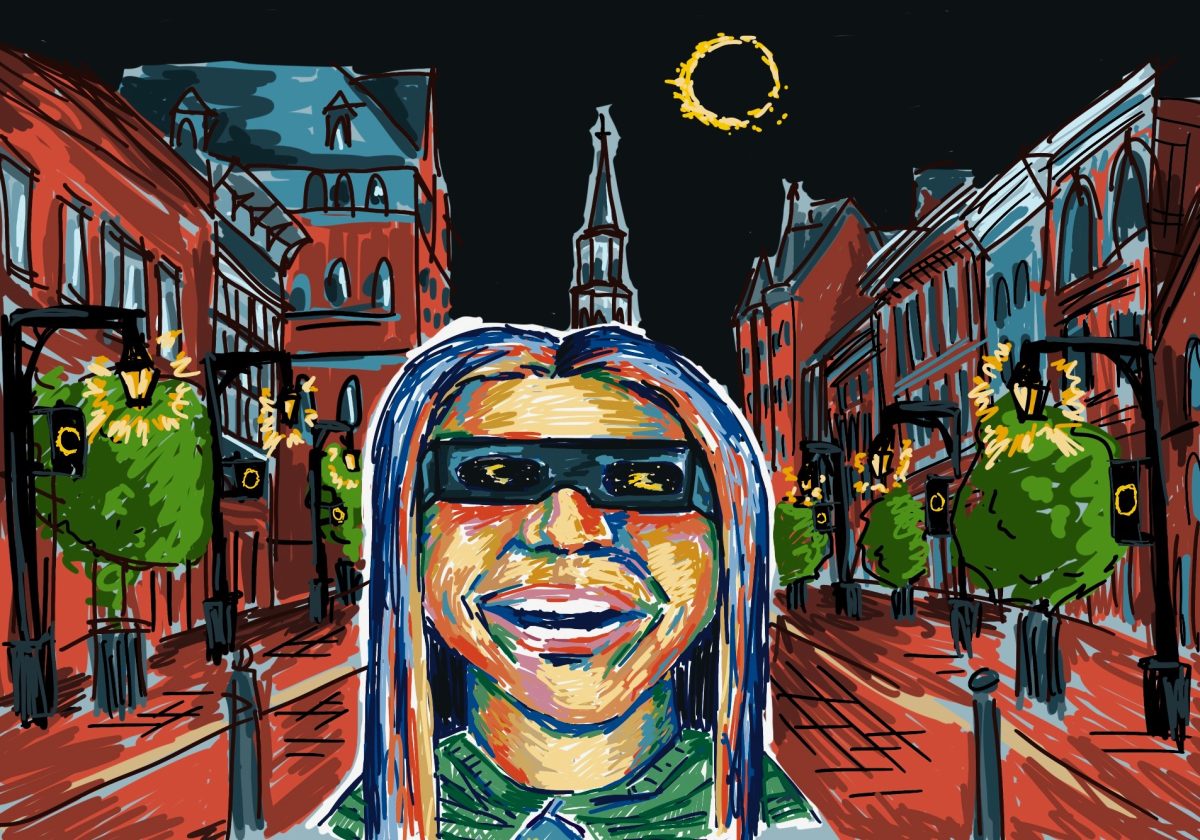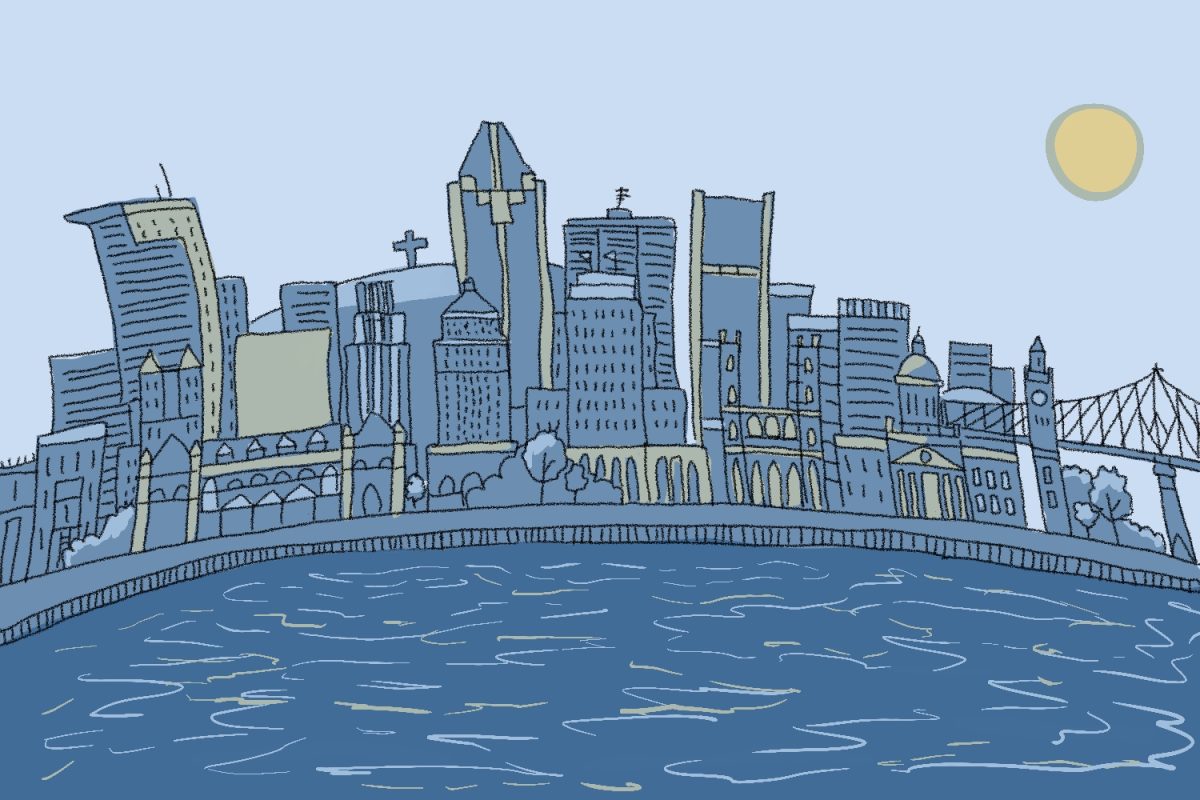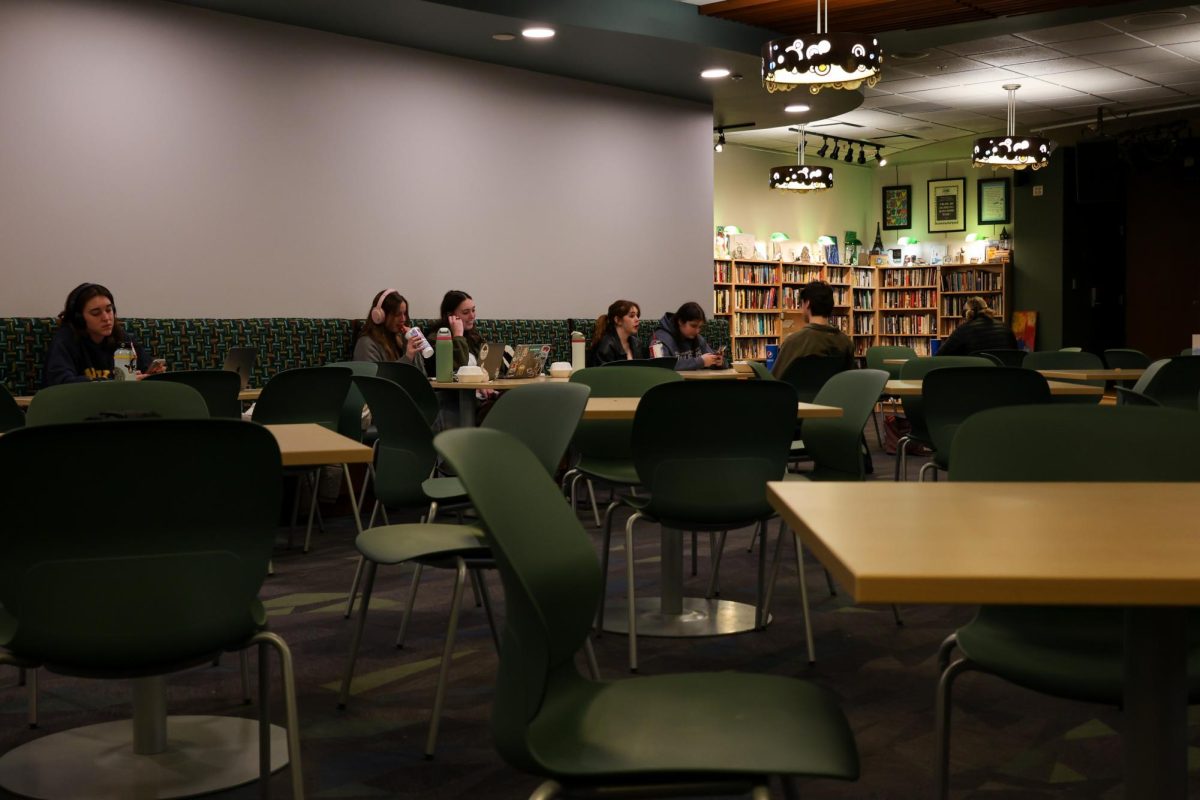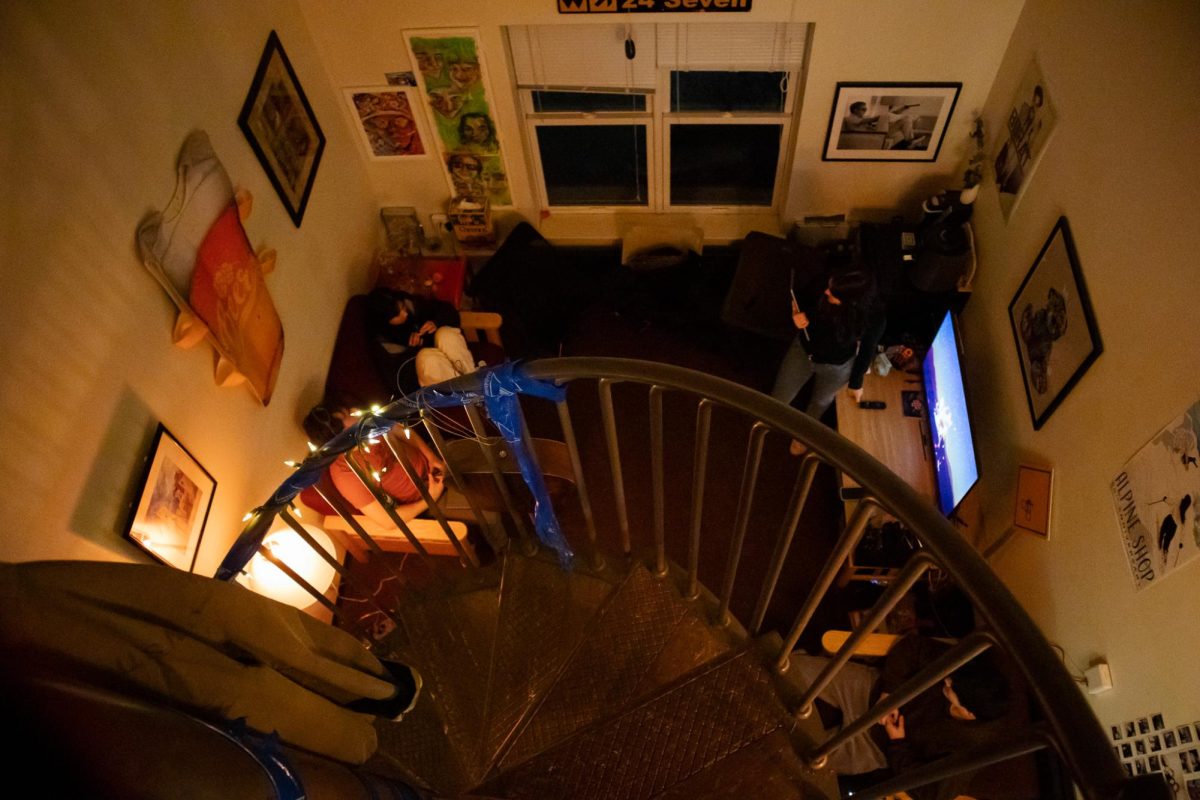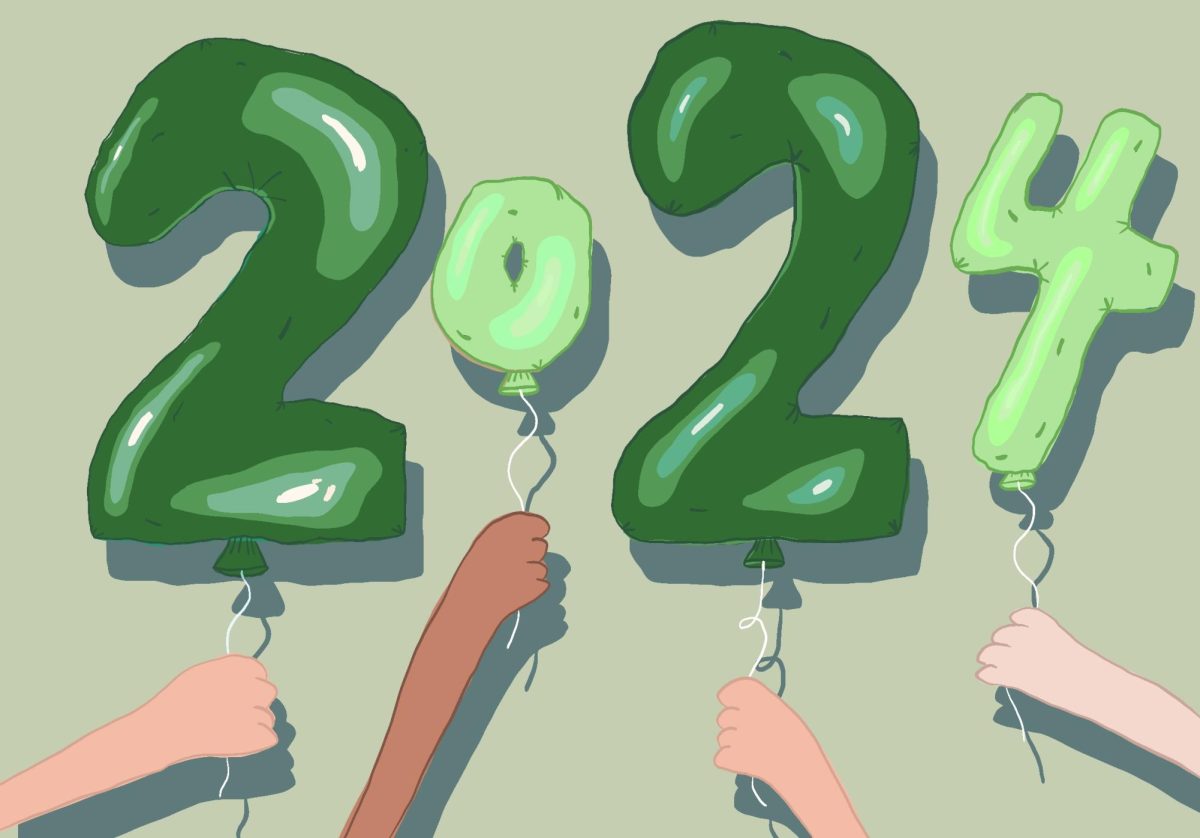What do we know about the UVM dairy barn? When I first came to this university, I knew little about agriculture and the dairy barn. I always imagined cows on a pasture, living in some sort of false sense of freedom. I also could not picture cows having such an impact on the land and the atmosphere. After visiting the UVM dairy barn and other farms in the Champlain Valley, I have learned that free-living cows are closer to myth than reality. I have also learned that agriculture has a greater impact on the environment than we know. For the purposes of this article, I focus primarily on the environmental impacts of the UVM dairy barn and ask the following question: are we living up to the standards of the environmental university we strive to be?
The imported feed for the cows at the UVM dairy farm is unusually high in the element phosphorus, and since cows can only metabolize so much of it, the rest ends up in the manure. Because the manure mixes with the soil on the farm, it becomes high in phosphorus as well. As a result, runoff from the fields empties into the lake, where phosphorus accumulates, leading to algae growth and eutrophication, which decreases the amount of oxygen in the water and blocks sunlight. This phenomenon inevitably creates an environment that is not suitable for very many other organisms. However, we cannot assume that UVM has not considered this. There are professionals who have dedicated much of their time towards studying this problem and finding methods to alleviate it. One of these methods happens to be the recently constructed wetland on Spear Street. The purpose of the wetland is to treat wastewater from the milking vents at the UVM dairy barn from storm water, which is simply rain water that falls on the barn and drains into the wetland.
Overall, one could say that the project is successful — at least, that’s what a research technician and graduate student, who worked on the wetland and wish to remain anonymous, say. However, with any experiment, not everything goes as planned and the wetland can only do so much. For example, it does not remove high contents of phosphorous as well as it should. To make up for that, there are filters that literally quarantine phosphorous and isolate it from the system. The efficiency of this procedure isn’t ideal, but it is a start. In addition to wetland wastewater treatment, there are other methods which could be employed to the amount of phosphorous in the system.
What can UVM do to further reduce its phosphorous production? One suggestion, according to the anonymous researcher, requires taking economic measures that have not been considered thus far by the university. This suggestion can be put in the form of a question: what would it take for UVM to conform to the standards of organic grazing farming? Currently, both environmentally sustainable and conventional practices are taught in the classrooms. If UVM truly strives to become a representative environmental university, then it must consider altering its practices by employing sustainable farming techniques, as opposed to its current conventional farming (a term synonymous with factory farming) ones. As mentioned before, there are economic considerations to take into account when deciding between the two approaches – it remains to be seen which method will win out at UVM.











